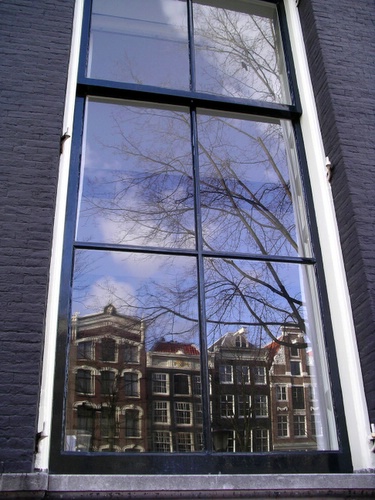Conservation Areas & Listed Buildings
 The UK has a glorious range of beautiful and protected old buildings, many of which are difficult to heat. The target for C02 reductions in the UK are ambitious and organizations such as the National Trust are beginning to identify a strategy to deal with heat loss & energy efficiency in their buildings.
The UK has a glorious range of beautiful and protected old buildings, many of which are difficult to heat. The target for C02 reductions in the UK are ambitious and organizations such as the National Trust are beginning to identify a strategy to deal with heat loss & energy efficiency in their buildings.
Listing currently protects 500,000 or so buildings. Many of these have windows which cannot be altered and thermal blinds may be a good solution to some of the heat loss and thermal comfort issues.
Why is a building Listed?
Listing is not meant to fossilise a building. Its long-term interests are often best served by putting it to good use. If this cannot be the one it was designed for, a new use may have to be found. Listing ensures that the architectural and historic interest of the building is carefully considered before any alterations, either outside or inside, are agreed.
The older a building is, the more likely it is to be listed. All buildings built before 1700 which survive in anything like their original condition are listed, as are most built between 1700 and 1840. After that date, the criteria become tighter with time, so that post-1945 buildings have to be exceptionally important to be listed.
How can thermal roman blinds help with difficult buildings?
Blinds are treated as window dressings rather than ‘alterations’ and therefore fitting them will not entail complicated, time-consuming & possibly expensive applications for Conservation Area consent or Listed Buildings consent. It is often extremely difficult to get consent for double glazing in old buildings. Our blinds need a reveal of 44mm for fixing. The headrail at the top of the blind is usually fixed with 4 screws. So you can be sure of minimal damage to your window frames. Although it is sometimes possible to fit double glazing in old windows, our blinds give a simple alternative, more like the traditional shutter solution.
For details of how the blinds fix on sash windows and a measuring guide click here.
Further reading; SPAB: Energy Efficiency, Historic Scotland Energy Advice, Roger Hunt advice on windows, Historic England advice.